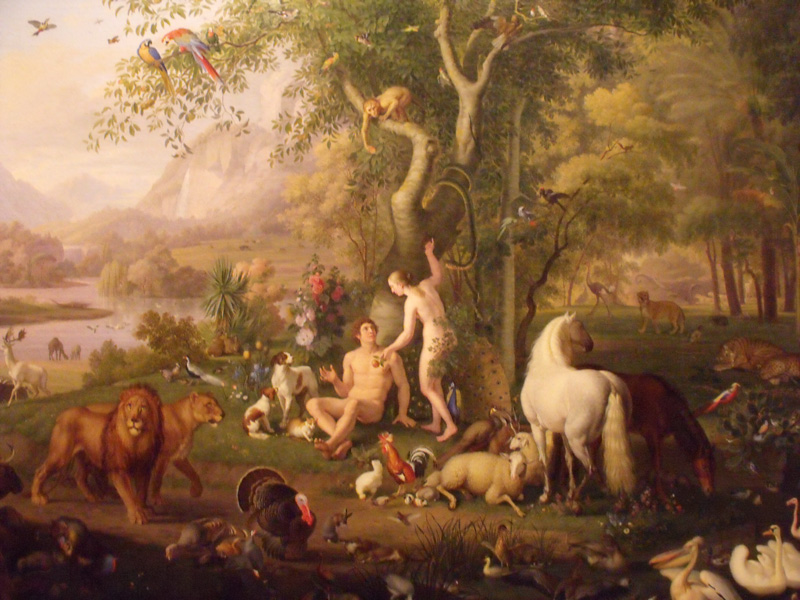
In recent weeks, liturgical orientation of the worshipping congregation has been in the news. After Pope Francis’ point-man for Liturgy and Sacraments encouraged a rediscovery of priest and people facing east for parts of the Mass, discussion both pro and con has erupted.
For centuries either the priest alone, or both priest and people alike faced eastward in the Liturgy. The question is, why?
The original place in which God first moved toward mankind was a garden, which Genesis describes as planted east of Eden. The concept of movement is often dictated by the way a people writes.
Western languages move from left to right when written and depict time progressing in that direction linearly. Aramaic-Hebrew-Arabic writing moves right to left and considers God’s movement toward His people in time as coming from the right, or east on a modern compass.
In Hebrew, east, “qedem,” means that which is in front of a person. As Deuteronomy records, believers were to keep God always in the forefront of their “whole heart,” “whole being,” and “whole strength.”
If “east” means “in front of,” then it made sense to direct all divine worship in the direction from which God first moved toward His people. God’s earthly dwelling places and individuals in private prayer would face east to symbolize keeping Him in the forefront of their existence, expecting divine movement anew as in Eden.
Interestingly, this same movement of east to west described the announcement of Jesus’ birth when the Magi saw His star rise in the east and followed it west. God had moved from east to west into Eden and the Son of God’s arrival was announced by an eastward to westward celestial movement.
The Christian mind discerned that Christ’s return, His second movement toward mankind, should be expected from the east. And He says as much in Matthew’s Gospel: “for just as lightning comes from the east and is seen as far as the west, so will the coming of the Son of Man be.”
Through St. Paul, nascent Christian worship pointed out that “as often as you eat this bread and drink the cup, you proclaim the death of the Lord until He comes.” If Mass is an expectation of Christ’s return — a kind of communal keeping Jesus in the collective forefront of the “whole heart,” “whole being,” and “whole strength” — then facing eastward was a custom for Christians to maintain.
Although this was accomplished by having either a church façade, or its apse oriented, directional prayer was fundamental to the mind of faith. When worship became seen as merely the priest facing the people, or having his back to them, a celebration of community movement seems to have taken priority over a focus on divine movement.
In an age when the young seem to prefer home-entertainment to community gatherings, perhaps some visible orientation toward transcendent movement is in need of rediscovery. It might even give us more inner-faith commonality with Jews and Muslims who still face eastward to pray.
